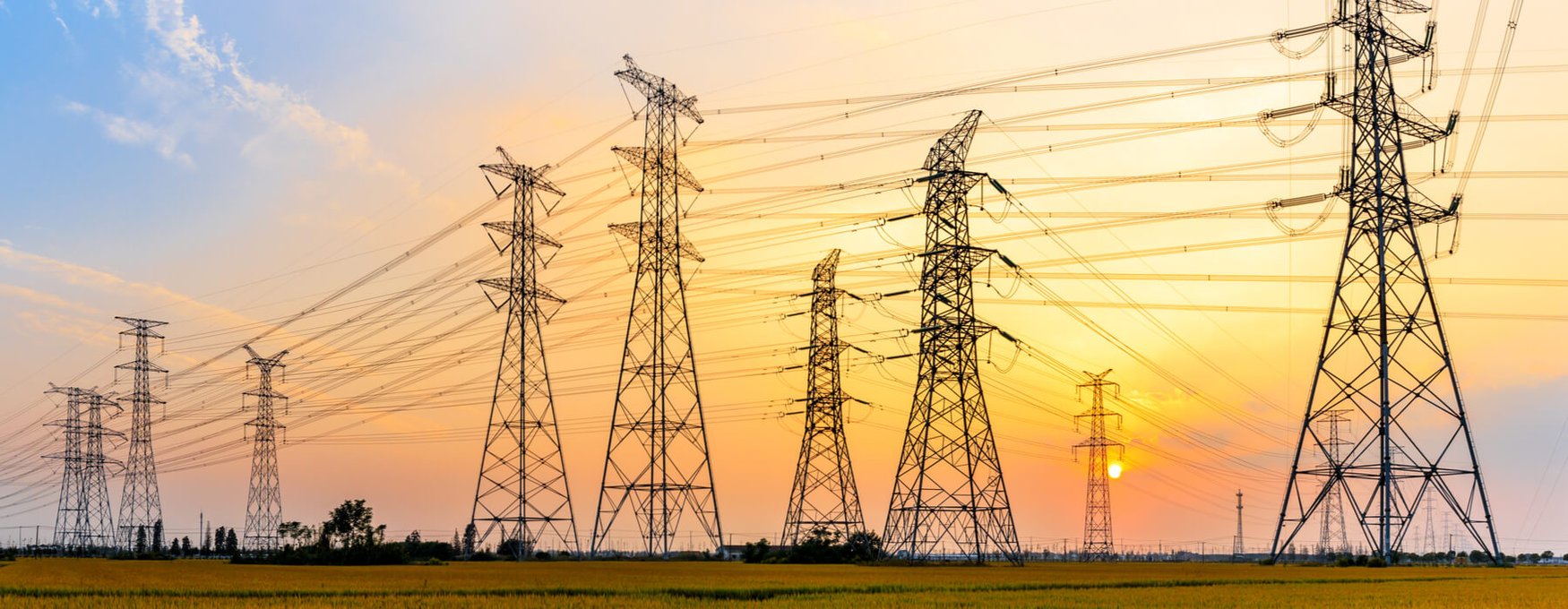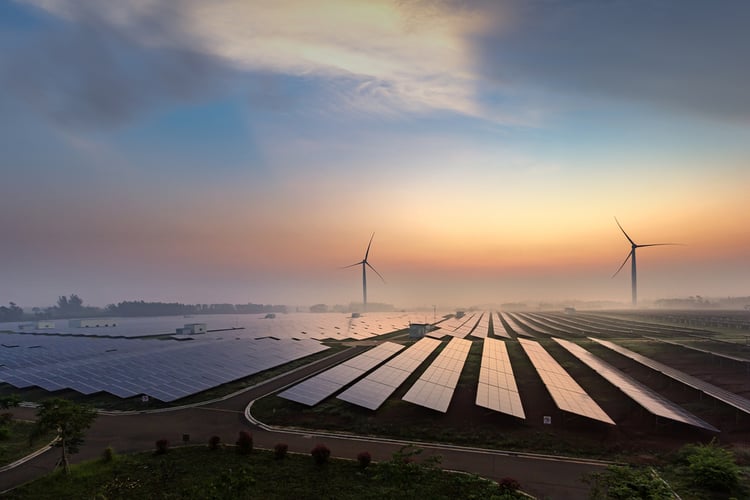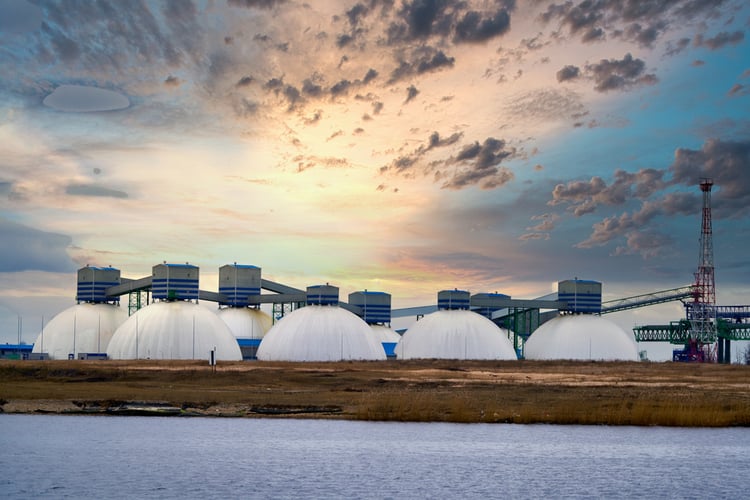EIA Annual Energy Outlook 2022: Renewables, Fossil Fuels and Emissions

The US Energy Information Administration is constantly gathering and analyzing data about energy markets. Their Annual Energy Outlook 2022 presents a mixed picture for the period 2022-2050. Solar and wind power will be the fastest growing electricity sources, reducing the total carbon footprint of the power sector. However, petroleum and gas consumption will also keep growing, but at a slower pace than renewable sources.
Reduce your building's energy bills and carbon footprint with renewable sources.
Thanks to the growth of renewable sources and reduced coal consumption, US emissions are currently decreasing. The US economy is also becoming more efficient, reducing its energy input per unit of economic output. This trend will continue until 2037 according to EIA models, but emissions will then start to increase again, due to economic growth and a larger population. In other words, US emissions are currently under the effect of opposing market forces.
The Future of Renewable Energy in the US

EIA modeling results show a promising outlook for renewable sources: their share of total generation could reach 44% by 2050, up from 21% in 2021. Solar PV systems and other forms of distributed generation will cover 8% of residential electricity consumption by 2050, and 6% of commercial consumption. The following table compares the four main electricity sources in the US, comparing their current and future percentage of generation:
|
Energy Source |
2021 Generation Share |
2050 Generation Share |
|
Renewables |
21% |
44% |
|
Natural gas |
37% |
34% |
|
Nuclear |
19% |
12% |
|
Coal |
23% |
10% |
Note that the percentage of natural gas generation drops from 37% to 34%, but overall capacity will continue increasing between 2022 and 2050. The percentage share of the US power mix decreases because renewables are growing faster, but natural gas will remain a major electricity source in the next few decades. The combined generation share of natural gas and coal decreases from 60% in 2021 to 44% in 2050. In other words, renewables and fossil fuels will have the same share of total generation by 2050.
The US EIA also modeled electricity generation for each renewable source, finding that solar power will have the highest growth. Solar power currently accounts for 19% of renewable generation, but this value will reach 51% by 2050. Keep in mind that this table shows the percentage shares of renewable generation (not total generation).
|
Renewable Source |
2021 Generation Share |
2050 Generation Share |
|
Solar |
19% |
51% |
|
Wind |
43% |
31% |
|
Geothermal |
2% |
2% |
|
Hydroelectricity |
30% |
12% |
|
Others |
7% |
4% |
Consider that total generation capacity will increase, and a lower percentage does not mean a lower generation capacity. For example, the US wind power capacity will continue to grow between 2022 and 2050, but its percentage share becomes smaller because solar power grows faster. The contribution of hydroelectricity will remain almost unchanged through 2050, but its percentage share is smaller due to the growth of other renewables.
Energy storage capacity will also increase, especially as the technology becomes more affordable. However, the US EIA did not consider energy storage in the results above: it represents a change in energy consumption patterns, but not an increase in total generation.
US Fossil Fuel Consumption and Carbon Emissions

Considering all sectors of the US economy, petroleum will remain as the leading energy source through 2050, followed by natural gas. Renewable sources will have a much higher growth than fossil fuels between 2022 and 2050, but not enough to take the lead. Coal consumption is decreasing, but petroleum and oil consumption are on the rise.
- Coal-related emissions will steadily decrease between 2021 and 2050.
- Coal currently represents 22% of energy-related CO2 emissions, but this drops to 14% in 2037 and 13% in 2050 according to EIA models.
Carbon emissions are currently decreasing in the US, in great part thanks to the growth of renewables in the power sector. EIA models predict 4.5 billion metric tons of energy-related CO2 by 2037, which is 6% below 2021 levels. However, this trend will then be reversed due to demographic and economic growth. Energy-related CO2 emissions could climb back to 4.7 billion metric tons by 2050, which is only 2% below 2021 levels. The EIA is assuming a population growth of 0.4% per year, and an economic growth of 2.2% per year. The US economy will reduce its energy intensity by 41% by 2050, helping mitigate the growth of emissions.
In general, the US will increase its consumption of renewable energy, natural gas, petroleum and other liquid fuels by 2050. At the same time, the US will decrease its usage of nuclear and coal power. Hydroelectricity will remain at the same level, and the usage of biofuels will increase slightly.

Michael Tobias
Michael Tobias, the Founding Principal of NY Engineers, currently leads a team of 50+ MEP/FP engineers and has led over 1,000 projects in the US
Join 15,000+ Fellow Architects and Contractors
Get expert engineering tips straight to your inbox. Subscribe to the NY Engineers Blog below.



